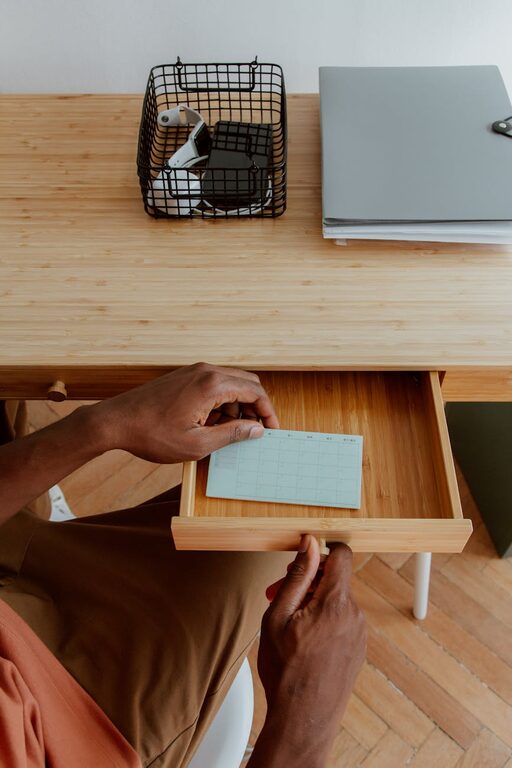Paper clutter is one of the most common frustrations in any household. Bills, receipts, mail, school papers, and old documents tend to pile up quickly, creating visual chaos and stress. If you’re looking for straightforward ways to reduce household paper clutter, you’re in the right place. This guide offers simple, practical tips that can help you regain control over your paperwork and maintain a tidier home environment.
Why Reducing Paper Clutter Matters
Before diving into the solutions, it’s important to understand why managing paper clutter is worthwhile:
– Creates a calmer environment: A clutter-free space promotes relaxation and reduces stress.
– Saves time: Finding important documents becomes quicker and easier.
– Prevents loss: Important papers don’t get lost or damaged.
– Improves productivity: A clean workspace can boost focus and efficiency.
Now, let’s explore effective ways to tackle that paper mound step by step.
Start with Sorting: The Foundation of Decluttering
The first step in reducing paper clutter is sorting through what you have. Here’s how to make it manageable:
1. Gather All Papers in One Spot
Collect all loose papers from around your house—kitchen counters, desks, drawers, and bags. Having everything in one place gives you a clear picture of what you’re facing.
2. Create Sorting Categories
Divide the papers into these basic groups:
– Important documents: Passports, birth certificates, insurance papers
– Bills and statements: Utilities, credit cards, medical bills
– Receipts: For warranties, returns, or taxes
– Mail: Junk mail vs. necessary correspondence
– Miscellaneous: Notes, schoolwork, coupons
Having clear categories prevents overwhelm and speeds up the process.
3. Discard What You Don’t Need
Be honest—toss anything expired, duplicate, or irrelevant. Junk mail, old magazines, outdated flyers, and unrelated notes can usually go straight to recycling.
Digital Solutions: Go Paperless Where Possible
One of the best ways to minimize future paper clutter is shifting from paper to digital.
1. Opt for E-Statements and Bills
Contact your service providers and banks to switch paper bills and statements to electronic versions. Most companies offer email delivery or apps for easy access.
2. Use Scanning Apps
Smartphone apps like CamScanner, Adobe Scan, or dedicated document scanners help you digitize receipts, warranties, and important papers. Once scanned, you can safely recycle the paper copies.
3. Organize Digital Files
Create clearly labeled folders on your computer or cloud storage that mirror your physical categories—bills, receipts, legal documents. Regularly back up these files for safety.
Establish Paper Management Systems at Home
Prevent clutter from accumulating again by setting up ongoing systems.
1. Designate an In-Box or Mail Station
Assign a spot—such as a basket or tray—where all incoming mail and papers are placed immediately. This keeps papers contained and prevents random piles.
2. Set a Weekly Paper Routine
Reserve time each week to go through the in-box. Sort, file, pay bills, or recycle as needed. Consistency keeps clutter at bay.
3. Use Filing Solutions
Get folders, binders, or accordion files labeled by category and date. Keep them in an accessible spot and only store papers you need to keep.
4. Keep a Shredder Handy
For sensitive documents like bank statements or medical records, shred outdated copies to protect your privacy before recycling.
Manage Kid and School Papers Effectively
Kids bring home lots of papers—from school assignments to artwork. Handling these can be tricky.
1. Create a Dedicated Display Area
Use a corkboard or magnetic strip to showcase a rotating selection of recent work. This honors their efforts without keeping everything.
2. Save Digitally
Photograph or scan special items you want to remember, then recycle the originals. Store digital files organized by date or child’s name.
3. Set Limits for Keepsakes
Decide on a memory box size per child. When it fills, review and remove less meaningful items to make space.
Tips for Paper Clutter Maintenance
Sustaining progress is just as important as reducing paper clutter initially.
– Be selective: Question every new paper that enters your home. Do you really need it? Can you access it digitally?
– Regular review: Monthly quick checks help catch clutter before it builds.
– Involve the family: Share the responsibility by encouraging everyone to manage their own papers.
– Label everything: Clear labels prevent confusion and make filing simpler.
Final Thoughts
Reducing household paper clutter might feel overwhelming at first, but by breaking it down into sorting, going digital, creating systems, and maintaining them, you can enjoy a cleaner, more organized home. Start with small steps, and over time, you will notice the positive impact on your space and peace of mind. Remember, today’s effort prevents tomorrow’s mess!
Happy decluttering!

